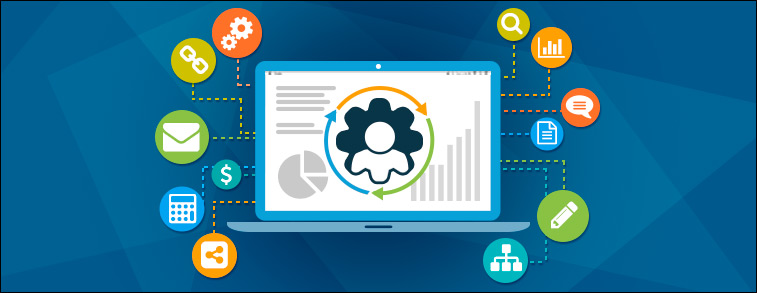Data analytics & data management on cloud


Data analytics & data management on cloud

An ever-increasing number of organizations are committing to the cloud as computing and deployment platform, especially for use cases in data management, business intelligence and advanced analytics.
Most of the cloud service providers deliver software as a service (SaaS), platform as a service (PaaS) and infrastructure as a service (IaaS) and support many different programming languages, tools and frameworks that are necessary for data management on cloud.
The Software As A Service (SaaS) model offers more flexibility from a licensing point of view. User organization pays subscription fees for the services it needs. A typical driver is cost reduction helping user organizations move the Capital expenditure cost (Capex) to Operational expenditure cost(Opex).
Typical concerns like loss of control over data, data security and the integration of cloud with the existing architecture foot-print, might slow down the transition to cloud services.
Several organizations have sizable investments in an on-premise enterprise data warehouse infrastructure. Complementing this existing enterprise data warehouse (EDW) with an on-premise or on cloud data lake can be an appropriate first step for many organizations to get started in Big Data areas. This provides for more flexibility and speed in terms of data processing and capturing unstructured, semi-structured and/or streaming data. This may also free up bandwidth in EDW for data analytics. It’s also is one of the proven use case that characteristically produces a guaranteed return on investment.
When we talk about “data lake,” we are referring to a central repository, typically in Hadoop, for large volumes of raw data of any type originating from multiple sources. It is an environment where data can be transformed, prepared and worked on by data scientists and business users.
“Data warehouse augmentation (DWA)” means enhancing what the organization already has instead of starting from scratch. With a DWA approach, you keep your data warehouse and existing BI tools, and complement it with an integrated data lake. For example, organizations could use such a data lake to prepare data and then feed it back into the EDW business intelligence analysis, or for data visualization purposes for data science, data discovery, analytics, predictive modeling and reporting.
Before embarking on DWA project, it is a good idea to review organization’s current resources and understand what you will need. Here is a short-list of questions that could help:
- Does my current team have the correct skill-set and knowledge including Hadoop, Java and other NoSQL data sources?
- Is my team familiar with cloud technologies, especially the SAAS model?
- Is my team well equipped to go through tool selection and finalization process?
If your organization is in the process of formulating/ refining cloud strategy for data analytics or data management for big data analytics or have got started with project work in these areas, it would help to take services of a partner that can advise and work together with you to ensure delivery of planned business benefits.
The larger challenge in preparing organizations for data analytics & data management on cloud, that result in actionable analytics and improved business outcomes is a lack of relevant experienced talent. To get the right skills required for Big Data Analytics, contact Aress software and help your organization convert a sizable part of its IT capex to opex.
Category: GenAI & Data Engineering
Recent Posts
-
GenAI & Data Engineering
Revolutionizing Quality Assurance with GenAI
-
24x7 Technical Support
UC Migrations: Why It’s Like Moving a City While It’s Still Awake
-
24x7 Technical Support
7 Ways GenAI is Quietly Revolutionizing 24x7 IT Support
-
Salesforce
Top Salesforce Integration Services & Tools for 2025
-
Salesforce
How to Enable Record Alerts in Salesforce
 +91 253 6630710
+91 253 6630710 781.258.1274
781.258.1274 +44 (0) 7446 87 37 97
+44 (0) 7446 87 37 97